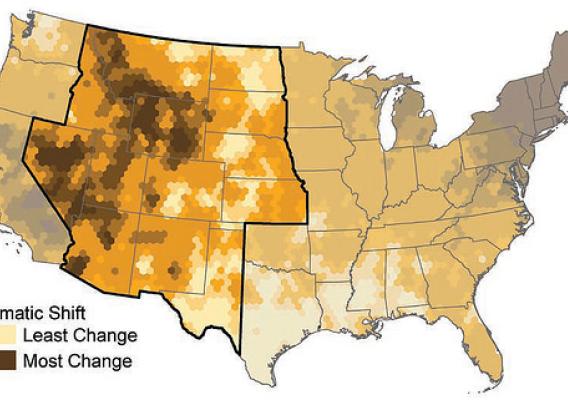This post is part of the Science Tuesday feature series on the USDA blog. Check back each week as we showcase stories and news from USDA’s rich science and research portfolio.
Steeped in African tradition, the practice of storytelling in African-American culture provides a communal sense of pride and reflection, and ensures that history is preserved from generation to generation. African-American History Month honors the work and contributions of African-Americans, including educators, inventors, and scientists—all titles which George Washington Carver possessed. And like the continuity of storytelling, the legacy of Carver’s pioneering research left an undeniable impact on the face of American agriculture.
Born a slave on a Missouri farm in 1865, Carver became the first black student and the first black faculty member at what is now Iowa State University. The well-respected botanist led the bacterial laboratory work in the Systematic Botany Department. But at the urging of Booker T. Washington, Carver moved to Tuskegee Institute in Alabama to serve as the school’s director of agriculture. He used his agricultural research to help black farmers become more self-sufficient and less reliant on cotton, the major cash crop of the South.




